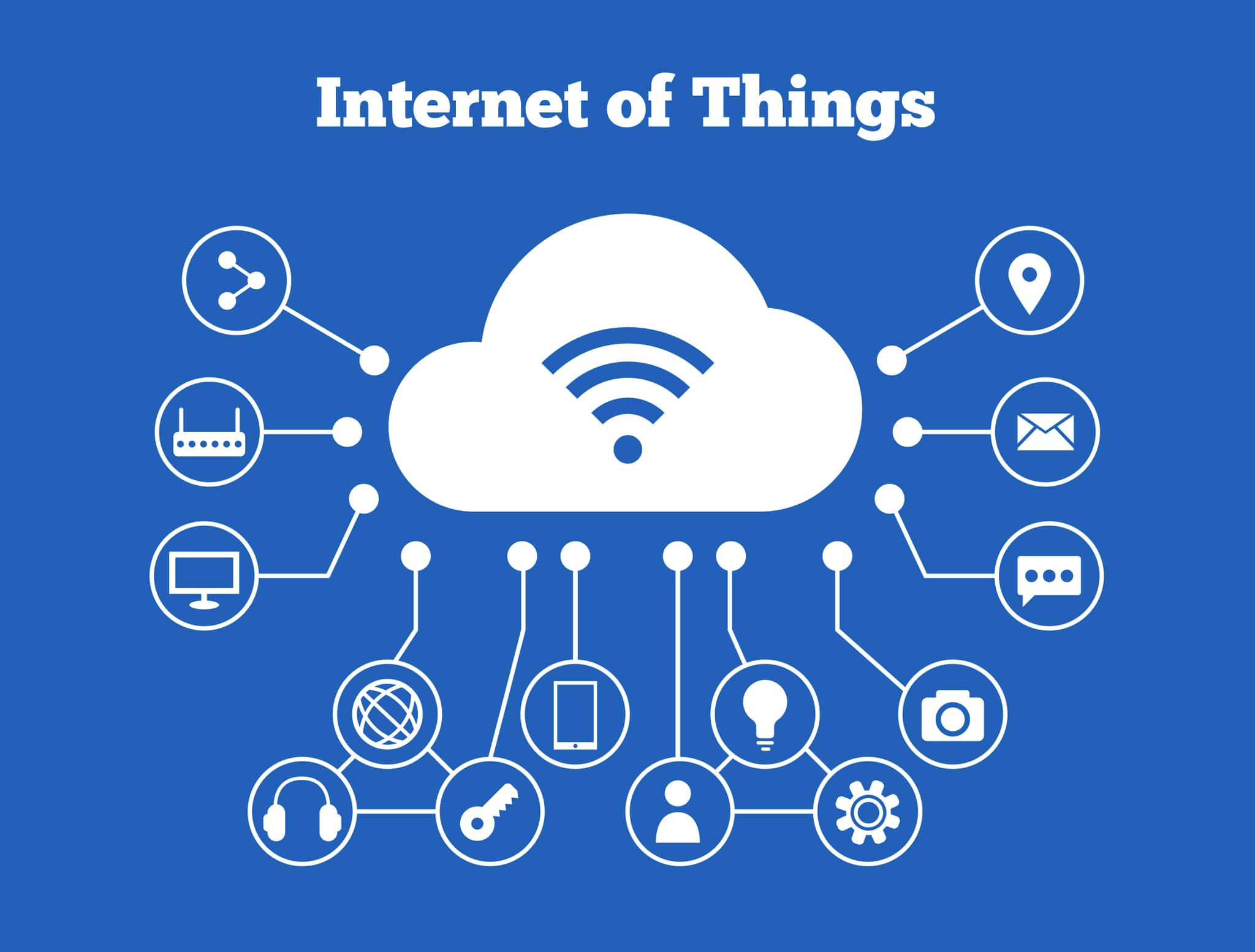
The Internet of Things (IoT) refers to a network of physical devices, vehicles, appliances, and other items embedded with sensors, software, and connectivity features, enabling them to collect, exchange, and act upon data over the internet. These interconnected devices work together to provide automation, monitoring, and improved decision-making across various industries and applications.
Key Features of IoT
- Connectivity:
- Devices are linked to the internet or other networks, allowing them to communicate with one another and with centralized systems.
- Sensors and Actuators:
- Sensors collect data from the physical world (e.g., temperature, motion, humidity).
- Actuators perform actions based on commands received (e.g., turning on a light).
- Data Collection and Processing:
- Devices gather data, which is processed either locally (edge computing) or in the cloud for analysis.
- Automation:
- IoT enables automation by allowing devices to make decisions without human intervention, such as adjusting a thermostat based on room temperature.
Examples of IoT in Action
- Smart Homes:
- Devices like smart thermostats, lights, and security systems communicate to optimize energy use and enhance security.
- Wearable Technology:
- Fitness trackers and smartwatches monitor health metrics like heart rate and steps taken.
- Industrial IoT (IIoT):
- In manufacturing, IoT enables predictive maintenance, process automation, and real-time monitoring.
- Smart Cities:
- IoT solutions improve urban infrastructure, such as managing traffic flow, monitoring air quality, and optimizing waste collection.
- Agriculture:
- Sensors in fields monitor soil moisture and weather, enabling precise watering and resource use.
Benefits of IoT
- Efficiency: Optimizes processes and reduces waste (e.g., energy savings in smart buildings).
- Convenience: Automates repetitive tasks and provides real-time insights.
- Improved Decision-Making: Data-driven insights help users make informed decisions.
- Cost Savings: Preventive maintenance and efficient resource use reduce expenses.
- Enhanced Safety: IoT devices improve safety in healthcare, security systems, and industrial operations.
Challenges of IoT
- Security Risks: Devices can be vulnerable to hacking and cyberattacks.
- Data Privacy: IoT collects vast amounts of personal and sensitive data.
- Interoperability Issues: Devices from different manufacturers may not work well together.
- High Initial Costs: Setting up IoT systems can be expensive.
Conclusion
The Internet of Things represents a major technological shift that bridges the digital and physical worlds. Its applications span multiple industries and have the potential to enhance efficiency, improve quality of life, and drive innovation, but addressing its challenges is critical to ensuring secure and sustainable adoption.




